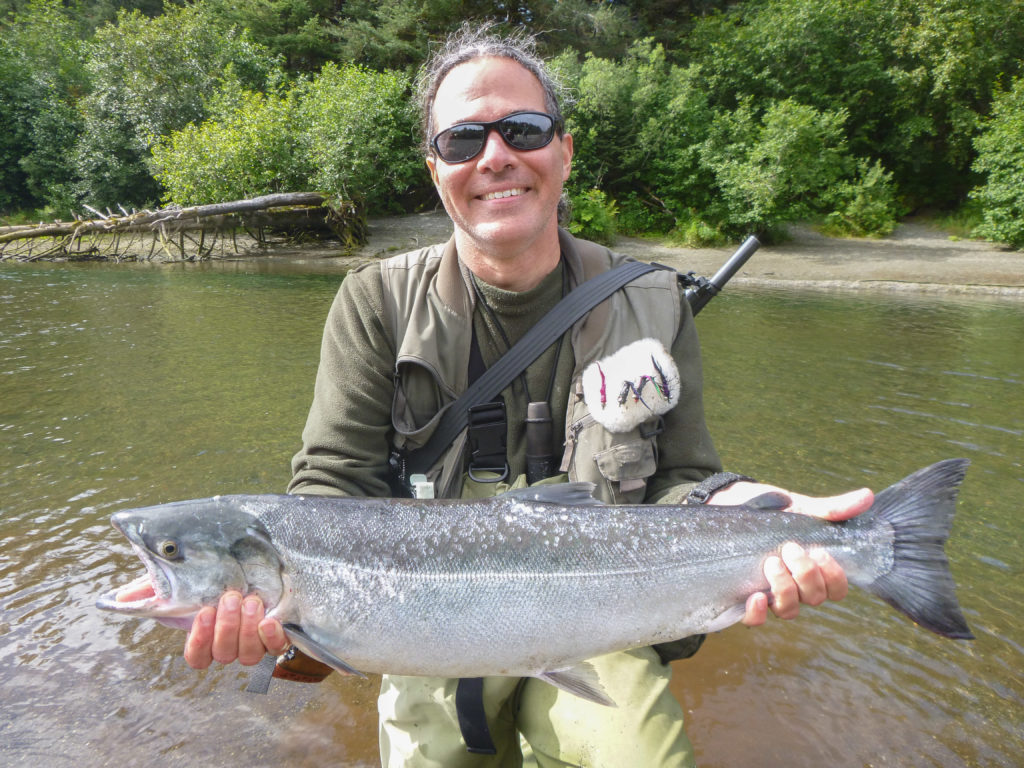Originally published August 2013
I’ve always liked sleeping in airports. Draped over a couch or crashed out on the floor, I feel like a hobo, cut loose from societal norms and on the verge of a great adventure. I guess that’s why I found myself in the Anchorage airport, rolling out my quilt in the native arts exhibit. I was not alone up there; I had gotten in at 2 am and all the good nooks and crannies were already taken. I made due with a small corner of floor space and passed out till 5 am.

The next morning, I hopped a plane to Juneau and then Yakutat, arriving by 11 am. I was traveling to Yakutat for work as I did every year at this time, but as always, had scheduled a few days in advance for some exploration.

I planned to hitch a ride from Yakutat along the Dangerous River Road to Nine Mile Bridge. From there, I’d hike along the Situk River until its confluence with the Old Situk. I’d spend the first night at a nearby forest service cabin on the river, and the next morning, would packraft the river to its mouth on the Gulf of Alaska. Turning right, I’d then paddle or hike the coastline around the cape and into Monte Bay. Time and daylight permitting, I planned to cross the tip of the cape by packraft through the Ankau Saltchucks, a tidal zone known for ample fish and crustacean sealife. I would then bivy the second night on Khantaak Island, paddling across the bay and back to the conference lodge on day 3. Total distance was estimated at 35 miles.

I arrived in Yakutat to find that the airline had lost my luggage. This had happened last year too, so I was not entirely surprised. I had packed around this possibility, carrying everything that I could in my backpack as carry-on luggage. This included packraft, paddle, bivy, quilt, and the clothing I would need for the trip. I had been nervous about trying to carry the paddle on-board, but tucked away in my backpack, it passed through security without comment. Items I was missing included life vest, cookware, food, waders and boots, and my camera tripod. Over the next 3 days, I would come to miss the tripod most of all. I had knife, bear spray, fishing gear, and some odds and ends stored in a locker at the lodge, and was able to borrow a cookpot, alcohol stove, and boots. For food, I was gifted a pack of ramen noodles, two snickers bars, and miraculously, a small flask of whiskey. I was confident that this time of year I could make up the deficit with fresh berries and seafood.

I caught a ride out to the bridge in the fog and drizzle, not at all disheartened by the weather. The Tongass National Park was technically a rainforest, so it would be foolish to expect anything but rain.

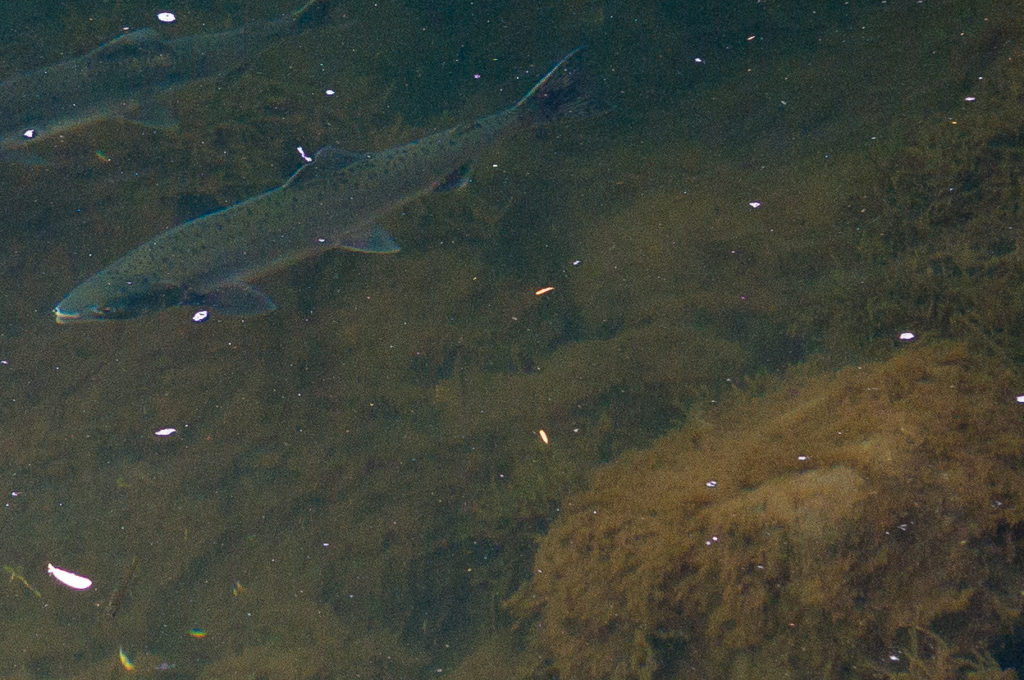
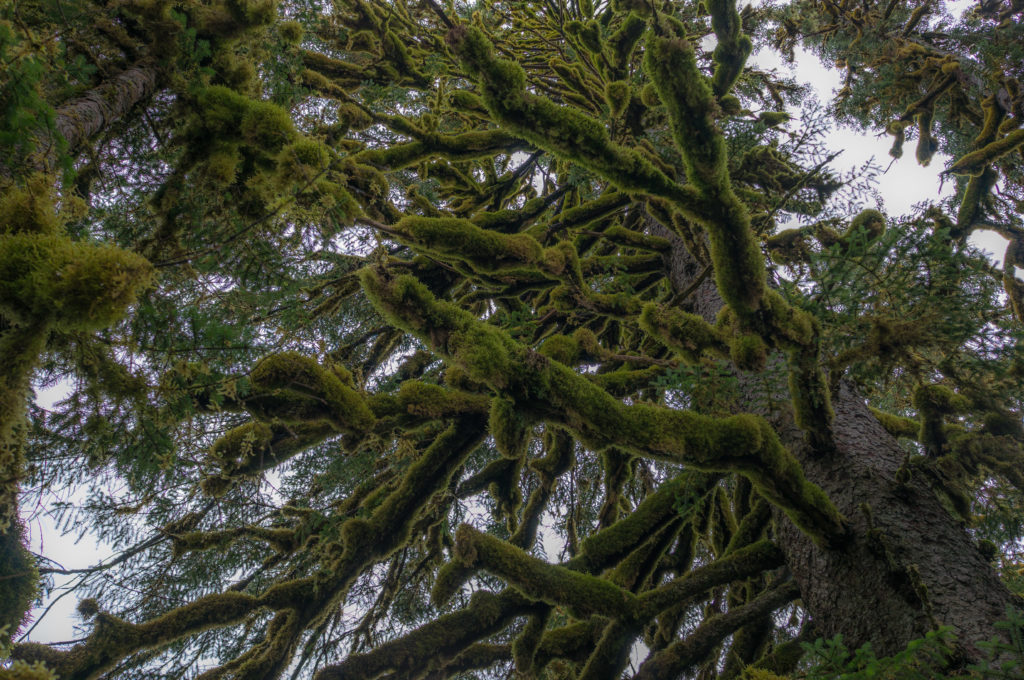

Stopping to snack on twisted stalk, a juicy, watermelon-flavored treat. Also known as scoot berries for their mildly laxative effect, I took care not to eat too many
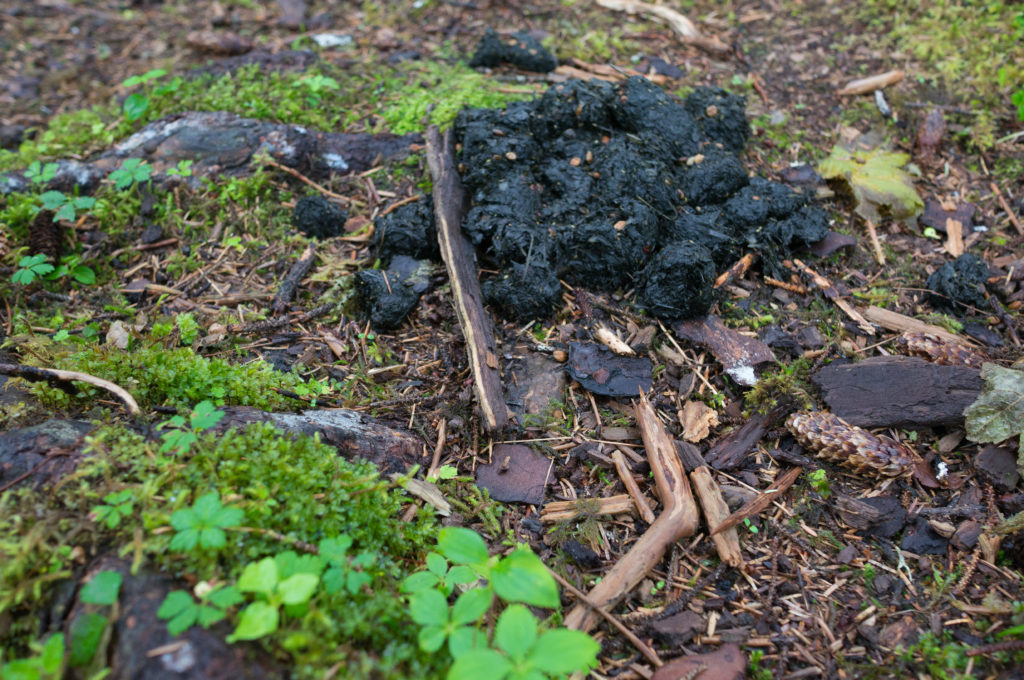
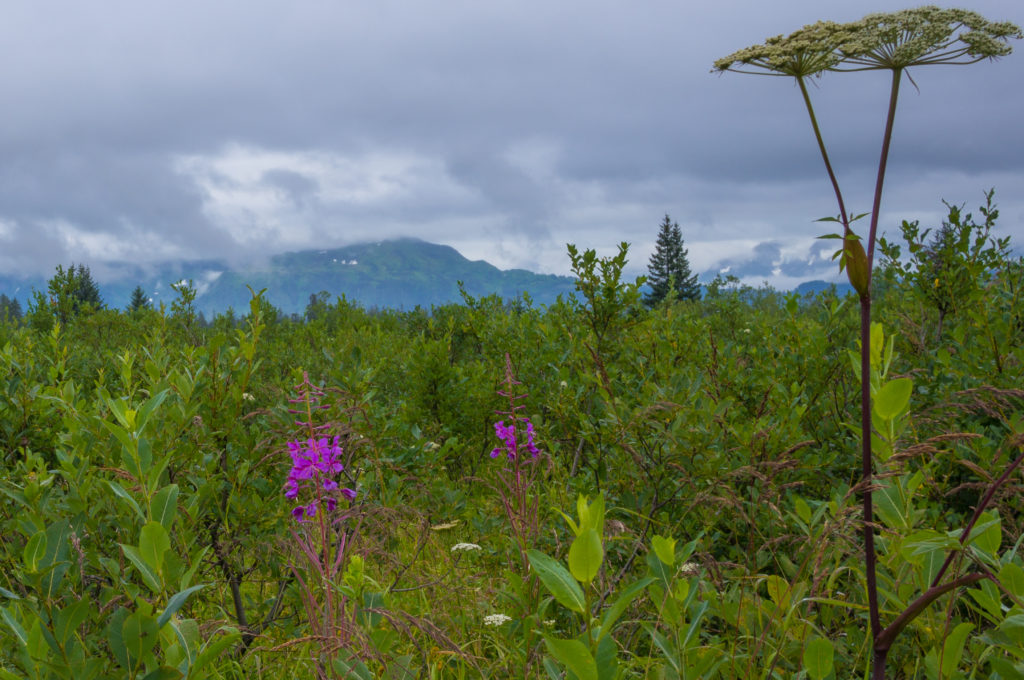
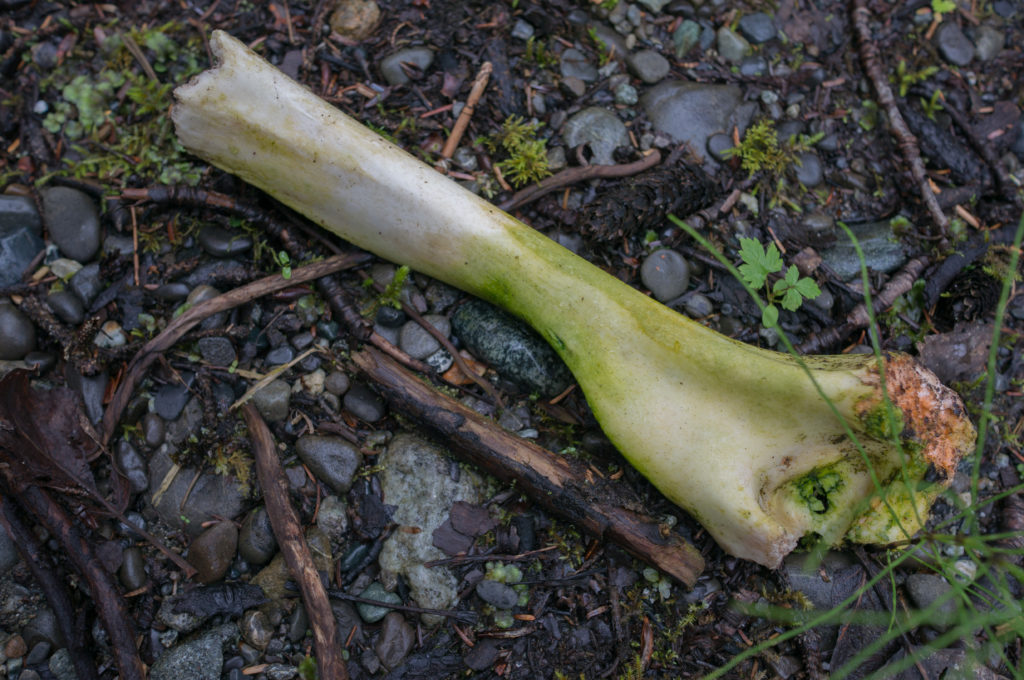
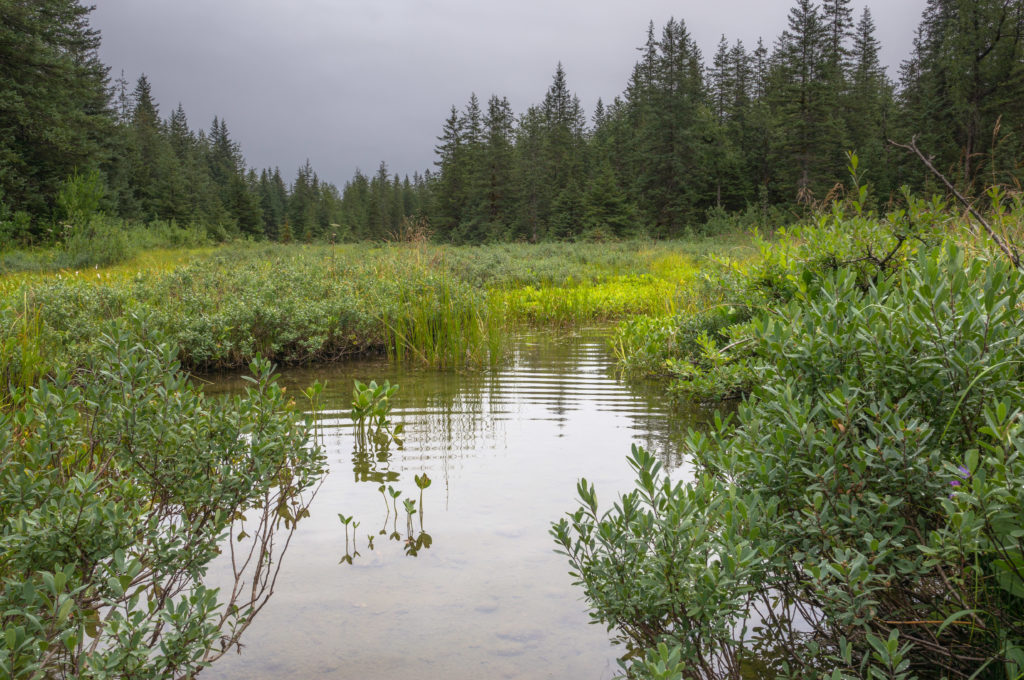
Wading through sedge after crossing the old Situk River. I ended up going over my boots in this section, now squishing as I walked
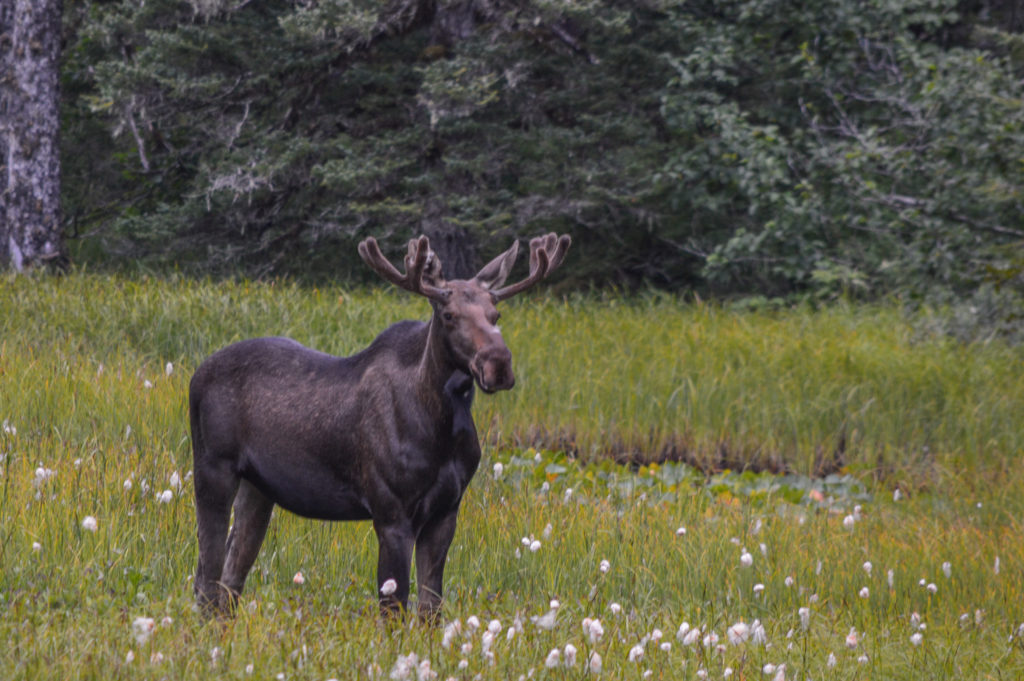
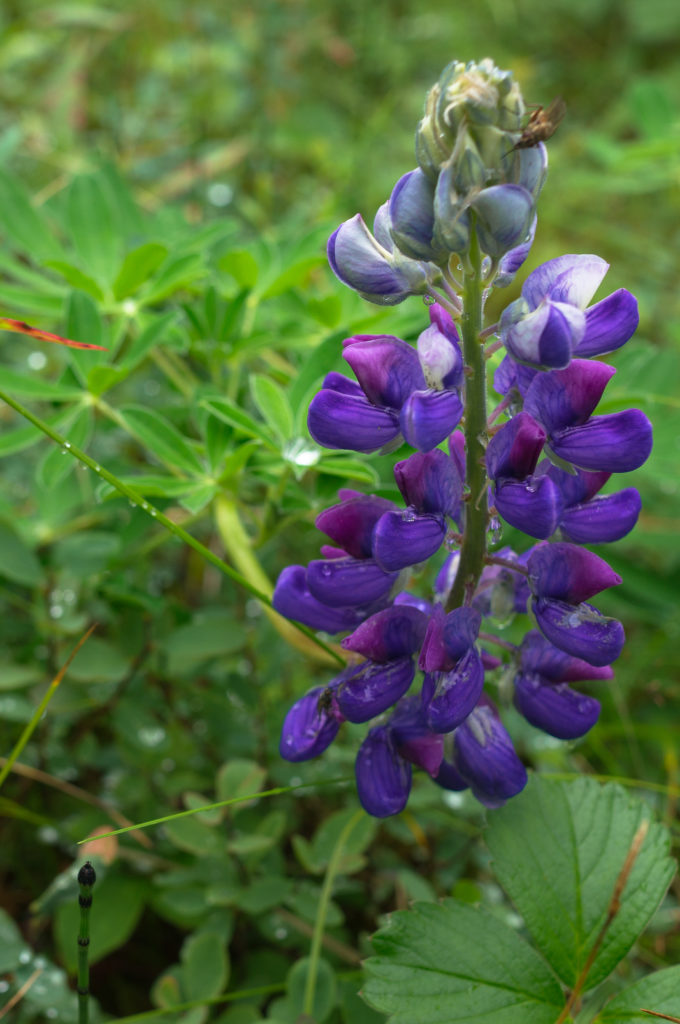

Hungry for lunch, I started gathering berries as I walked and soon had a hat full of blueberries, strawberries, cloudberries, and salmonberries
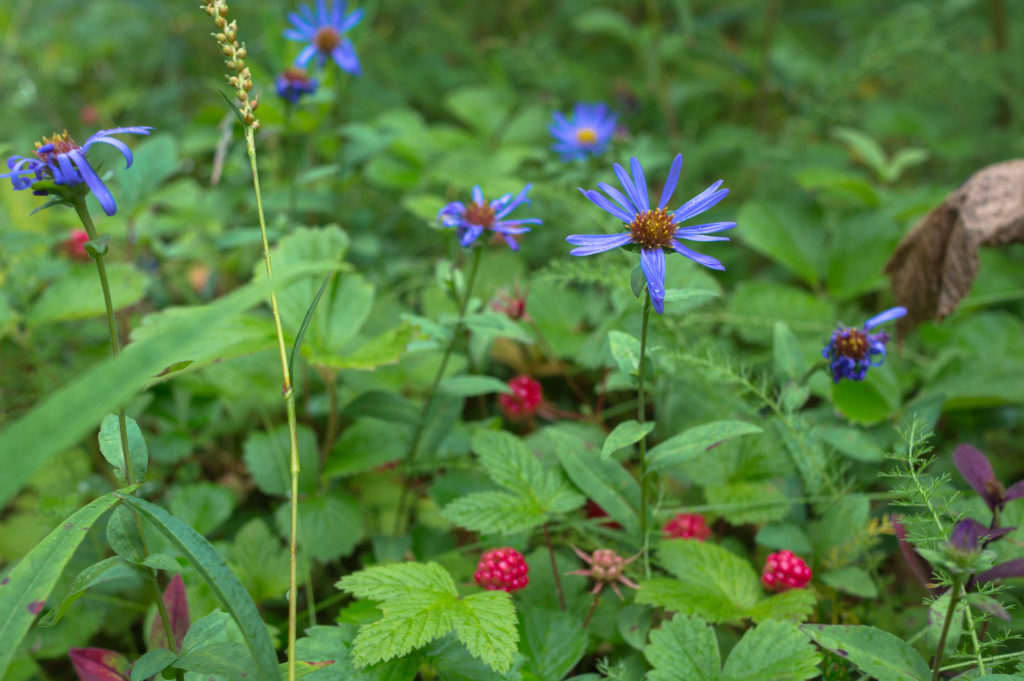

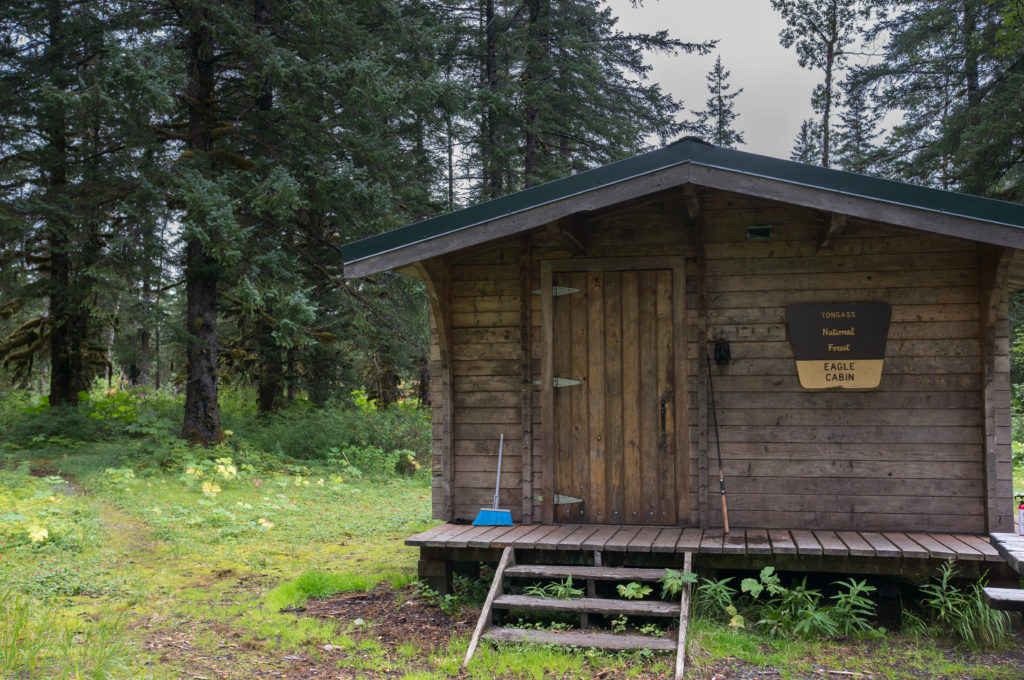
The Eagle cabin sat not far from the river and included a woodshed, axe, firepit, and outhouse amongst its amenities. This was paradise as far as I was concerned. I split some wood and then headed down to the river to see about some dinner.
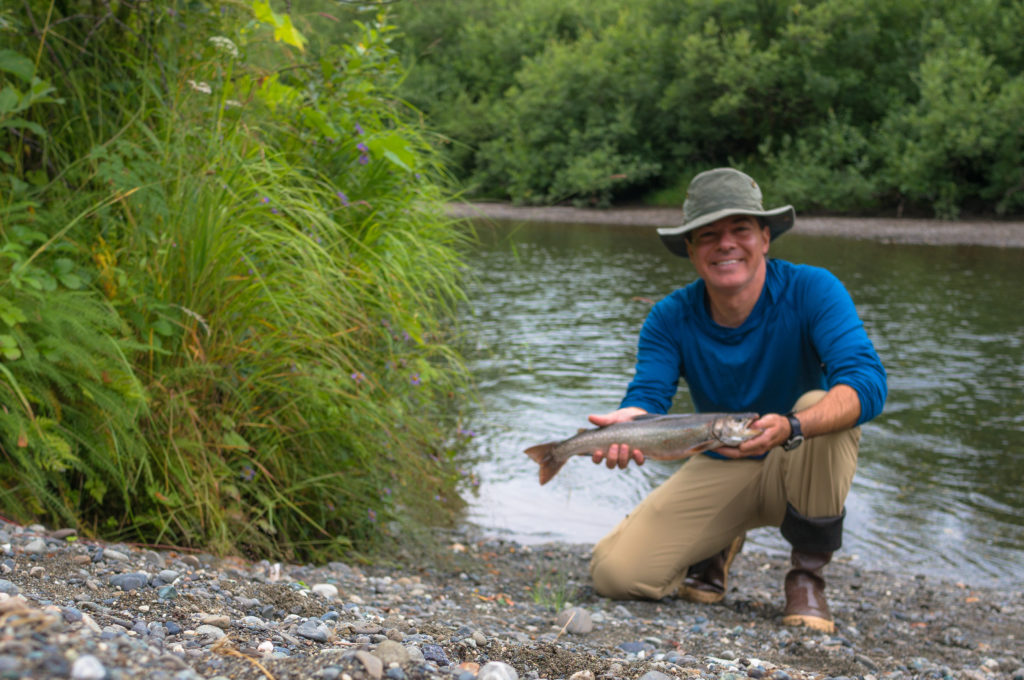
My third cast netted me a nice Dolly Varden, hooked on a purple wooly bugger. A perfect size for dinner, I filleted the fish, seasoned it, and wrapped it in some foil I found in the cabin. I’m shown here modeling a Nau M2 hoody, one of my favorite base layers for adventure travel. It’s more “normal” fit makes it ideal for trips where I may need to make appearances in public (like sleeping in airports or attending conferences) and want to avoid the long underwear look


After dinner, I sat in the dimming light, sipping at my whiskey and thinking pleasurably about the day. Before bed, I hung my damp clothes and dried out my boots as best I could. The security of the cabin was nice, and I drifted off easily to sleep on a ratty old pad I found on one of the bunks. Tomorrow would be a more challenging day.
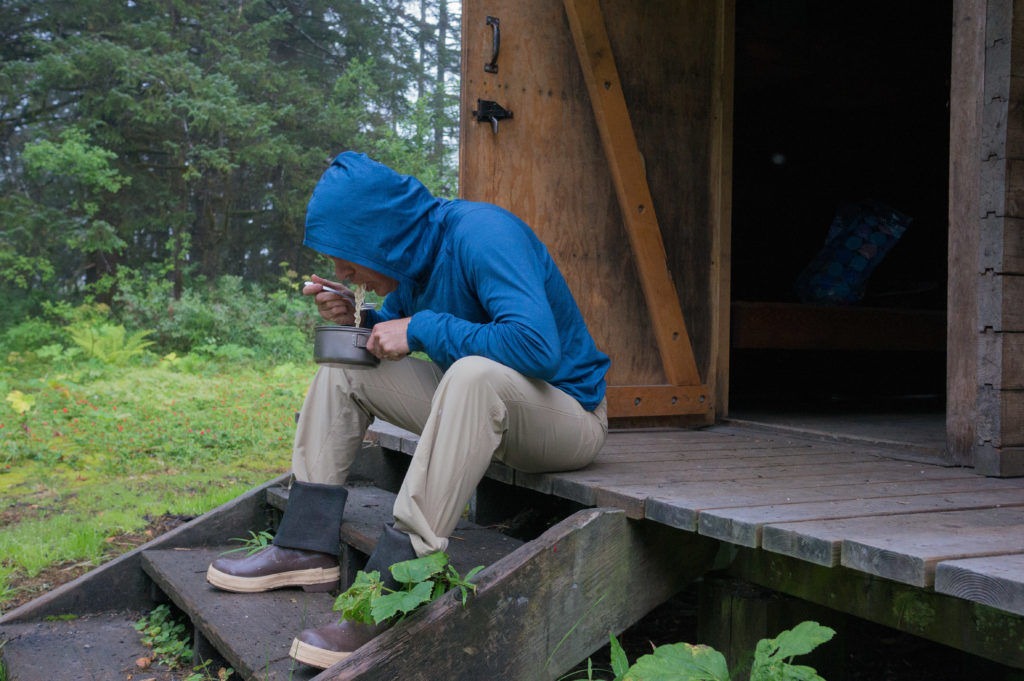
I woke the next morning and started boiling some water as I packed up. I feasted on my borrowed ramen noodles, later finding out that they had been sitting in storage for 3 years. Tasted just fine to me.
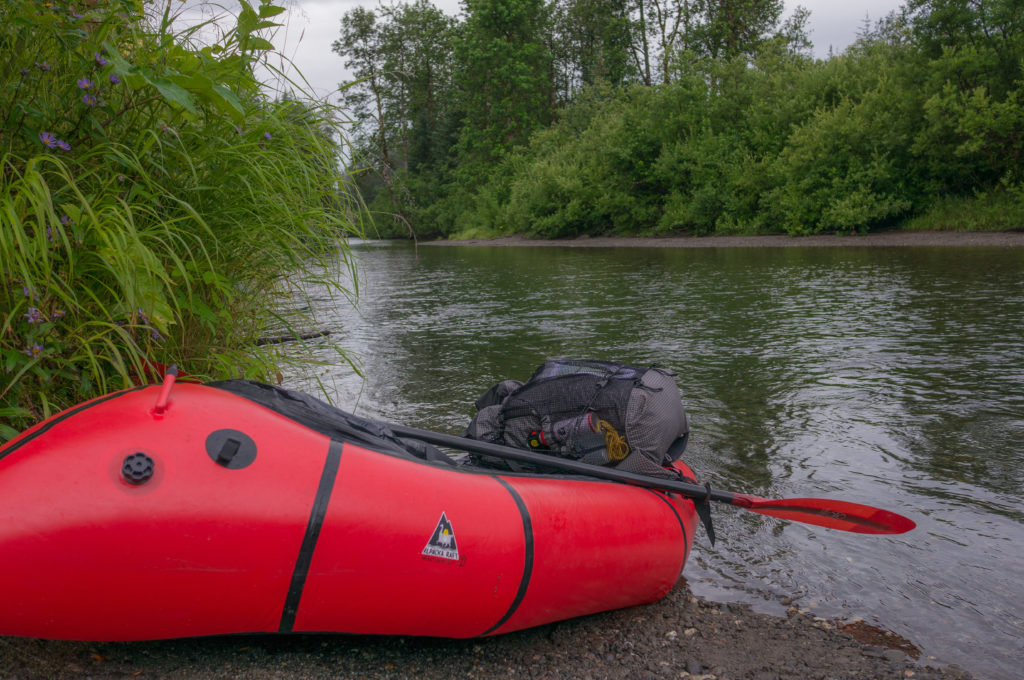
After breakfast, I inflated my packraft, stowed my gear, and slipped into the current. The middle reaches of the Situk carried me swiftly through the forest. The river was mostly class II with only two log jams that necessitated a quick exit. As I was starting to relax into the rhythm of the river, I came around a bend to find a large Grizz planted mid-stream looking for fish. I frantically began to backpaddle and the bear looked up from his fishing. As I contemplated what I would do should he charge, he comically turned and fled, his big round butt quivering in alarm as he pushed through the willows in his haste to get away. I’m not sure how bears affect the river classification scheme, but in my opinion, obstacles that can chase you should probably bump things up to at least a class IV.
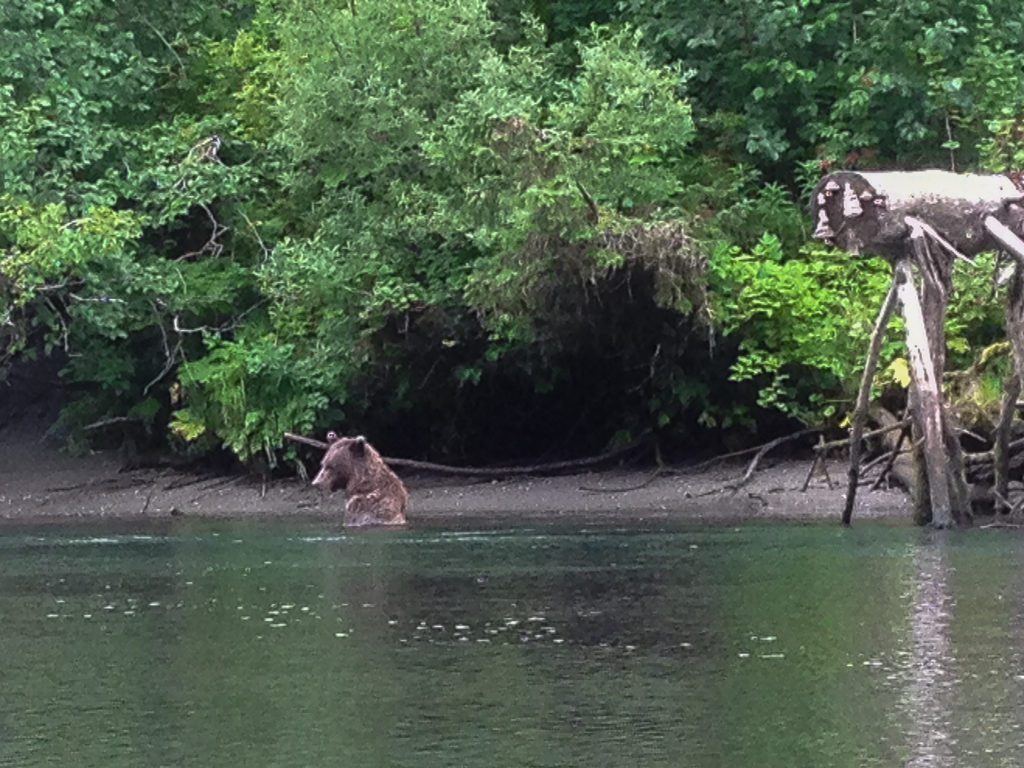
My second bear sighting was of a young bear fishing . I quickly eddied out on the opposite bank and waited to see what he would do. He seemed content to ignore me, so I pulled out my iphone and snapped a couple of hasty shots before continuing on past.
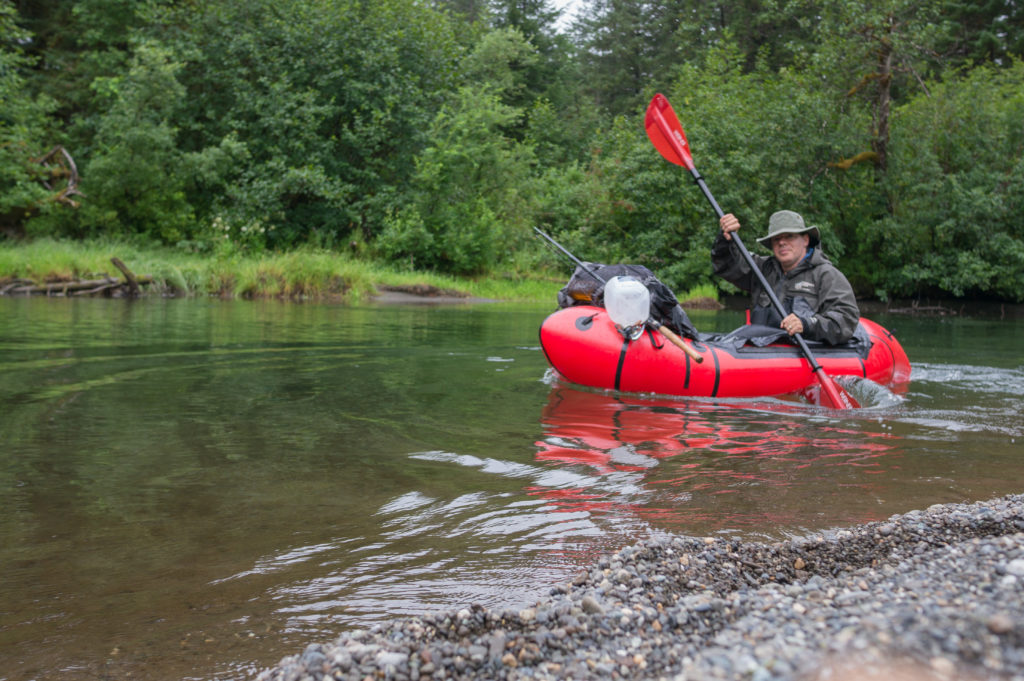
Without a tripod, I had a difficult time getting self-portraits. Finding a dry place in Alaska to set down a camera was challenging. And I don’t care who you are but 10 seconds is not enough to set up a shot, jump into a packraft, push off from the bank, close the spray deck, and then try to act natural before the self-timer goes off. So this is all you get, admittedly not my best work.

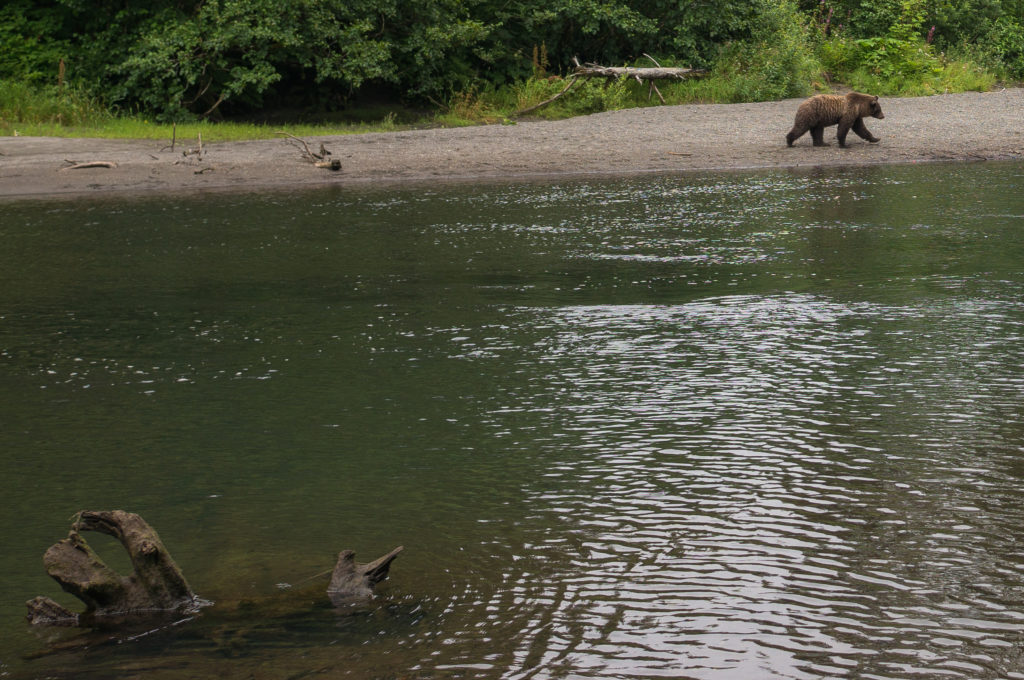
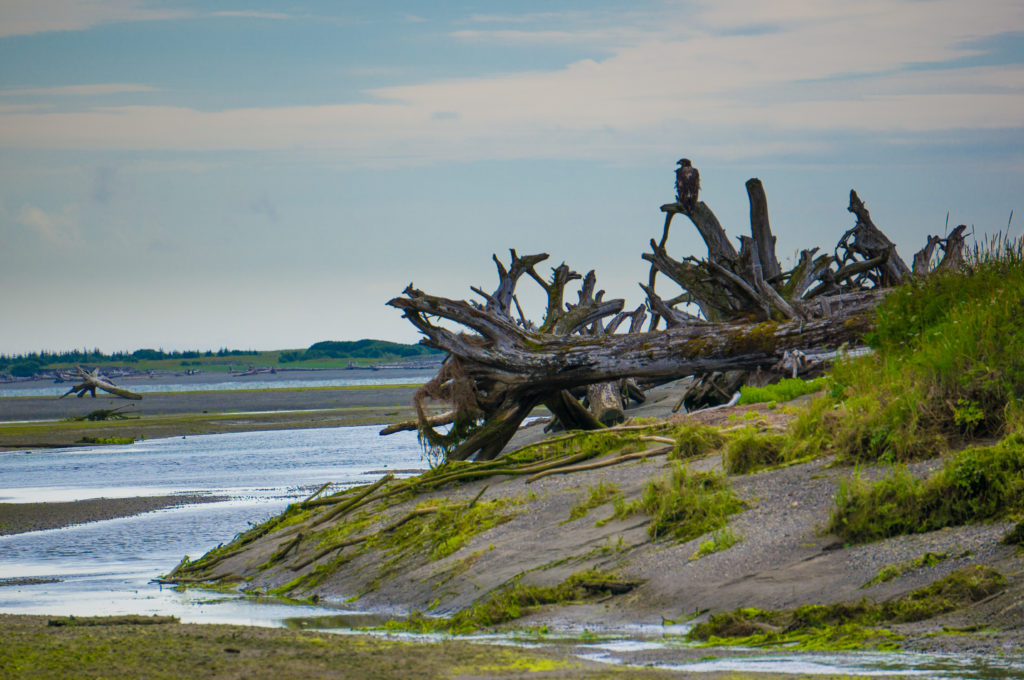
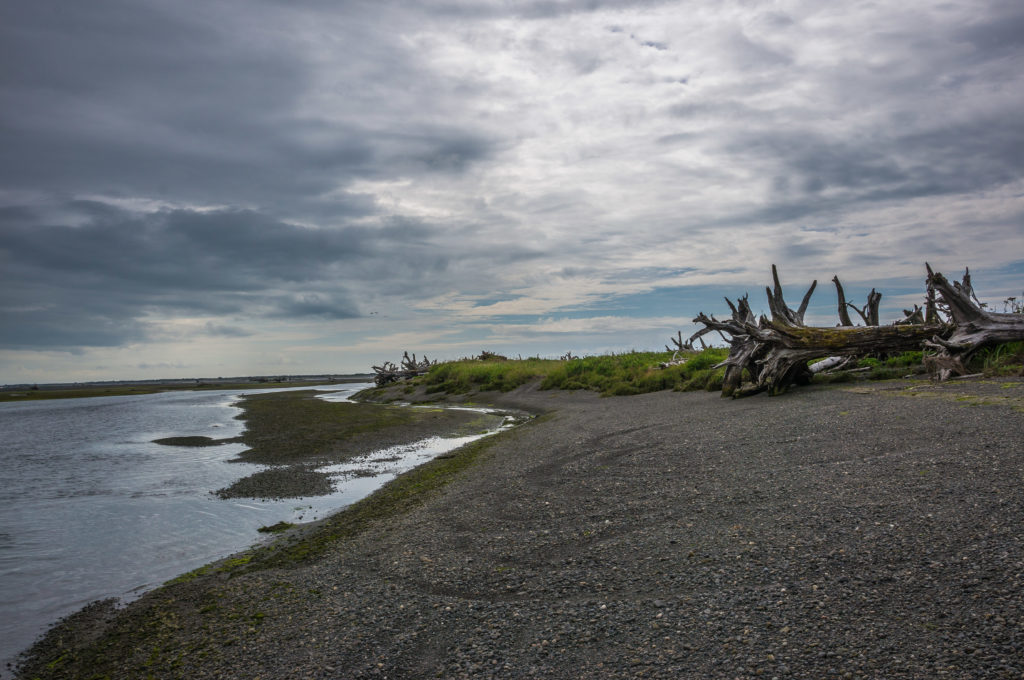
The character of the river changed as I reached its mouth. The forests evaporated and the bleached bones of old trees littered the banks. Dozens of eagles perched on the tangled roots, eagerly scanning the water for injured fish.
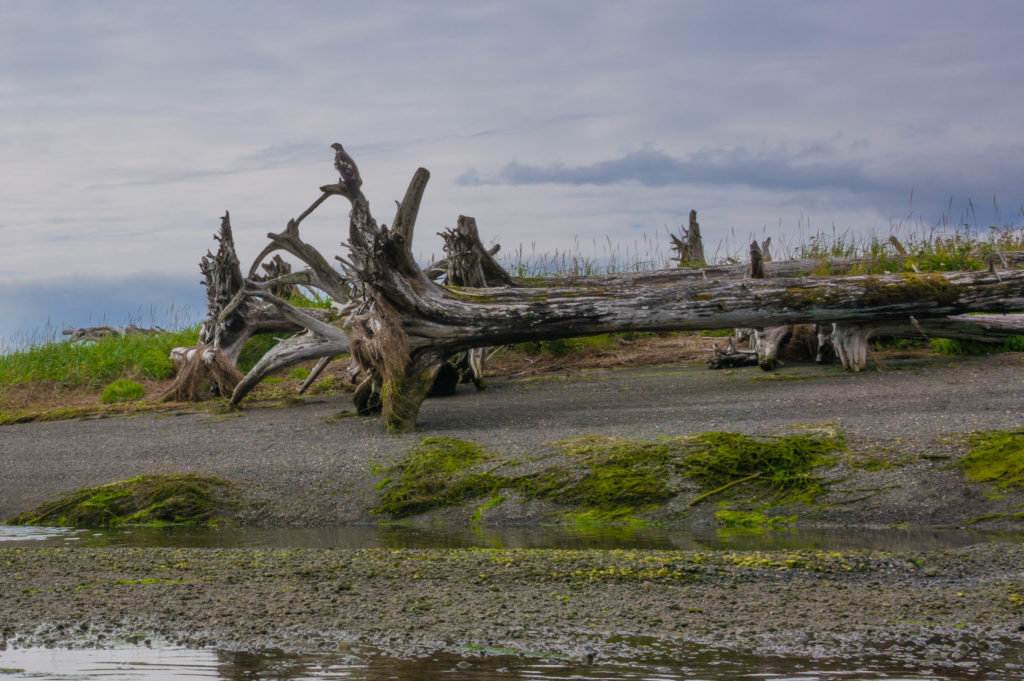

I moved out of the river mouth and into the Slough, a tidal zone separated from the ocean by a narrow spit of land. The tide was coming in and paddling was slow as I fought the currents. I hoped to be able to paddle the coastline until I passed the Lost River crossing before coming ashore. Unfortunately, the currents became increasingly turbulent as I neared the river mouth. I aimed the packraft towards a point on the far bank of the Lost River and paddled hard. I’m embarrassed to admit that I paddled furiously for about 20 minutes before realizing that I wasn’t actually moving. Changing tack, I aimed inland toward the near bank of the river and finally was able to make some headway. Once within the mouth of the river, I was able to cross to the other side, beaching on the opposite bank.
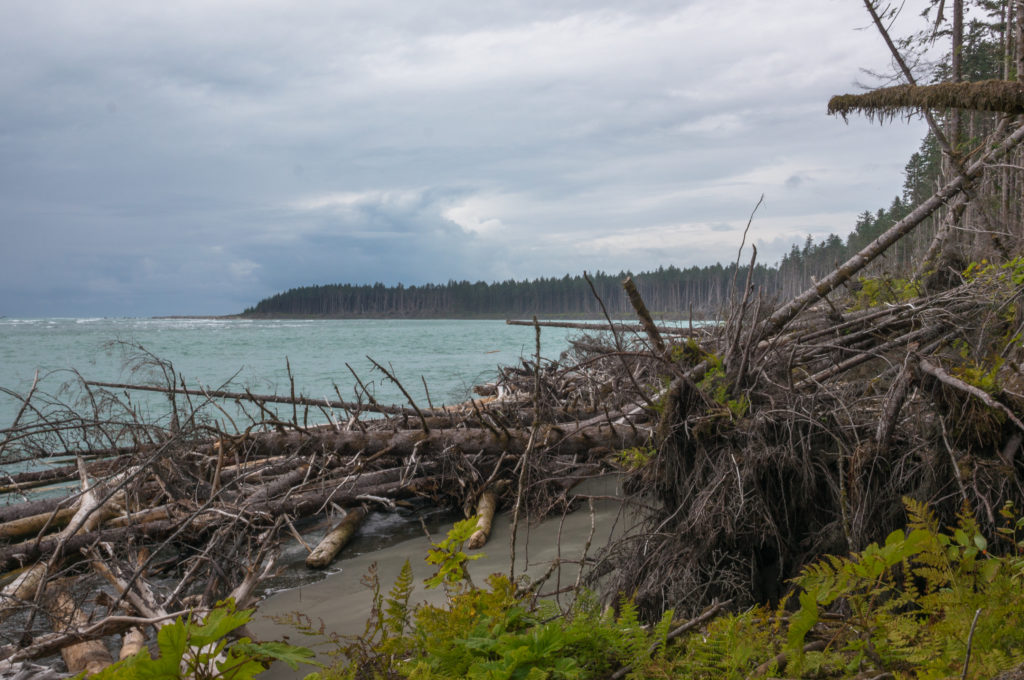
Satellite imagery suggested that the going would be smooth once past the Lost River, with wide sand beaches to walk on. The reality proved more difficult. What I found were tangled clumps of fallen trees bobbing in the waves that came right up to the sand cliffs. Atop the cliffs loomed a seemingly impassible forest of fallen trees and Devil’s club. I initially started out climbing over, under, and along the fallen logs along the shoreline. This often took me up to 15 feet above ground, and I watched the giant logs moving beneath me in the waves with misgivings. Soon enough, this route became impassable.

Climbing the sand cliffs, I began to bushwack through the thick undergrowth at its top. Impassable tangles of fallen trees along the cliff’s edge soon drove me towards the interior. Bushwacking through Devil’s club was not a pleasant experience. For those that have not had the pleasure, Devil’s club is a broad-leafed woody plant with numerous sharp spikes on the stalks and foliage. The many fallen trunks and roots I had to climb over and under led to inevitable stumbling and I was soon bleeding from a number of punctures. I would be working thorns out of a variety of festering wounds for the next 3 days. I criss-crossed back and forth until I stumbled upon a bear trail and followed this as far as I could, until it veered off toward the Lost River. The relief of easier passage far outweighed the fear of coming face to face with a bear in the green tunnel.
After leaving the bear trail, I followed a variety of faint game trails in the general direction I wanted to go. Far from being true trails, these were mostly just faint paths of lesser resistance through the Devil’s club. The going was slow and I frequently had to take wide detours around large sections of forest where interwoven trunks of downed trees blocked my way. Now deep in the interior, I had the thought that if I suffered an injury here, it would be really hard to find my carcass.
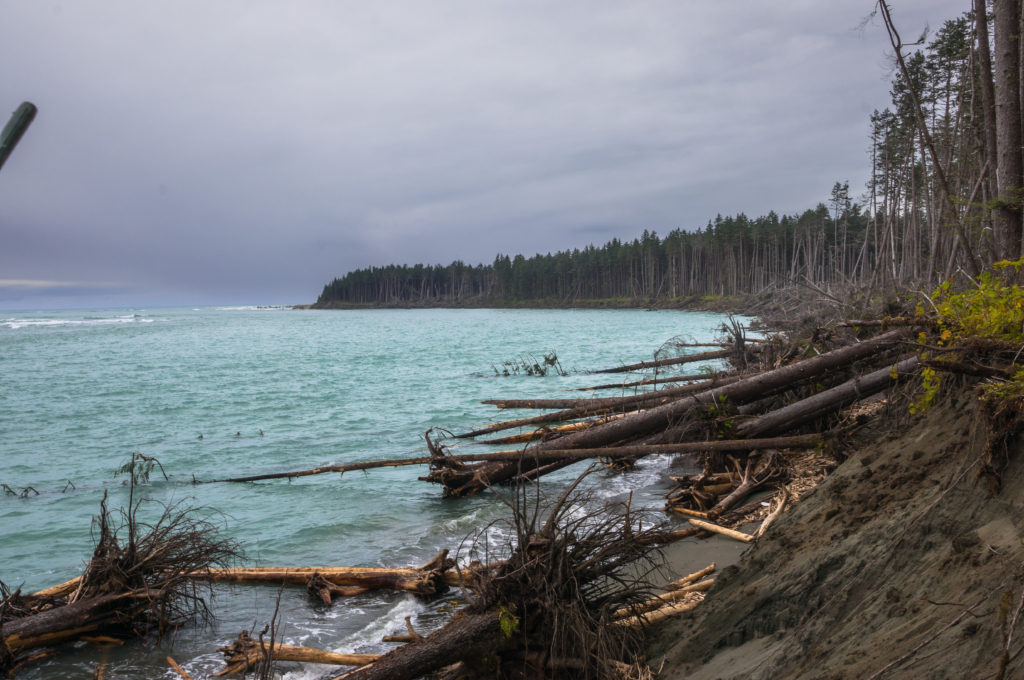

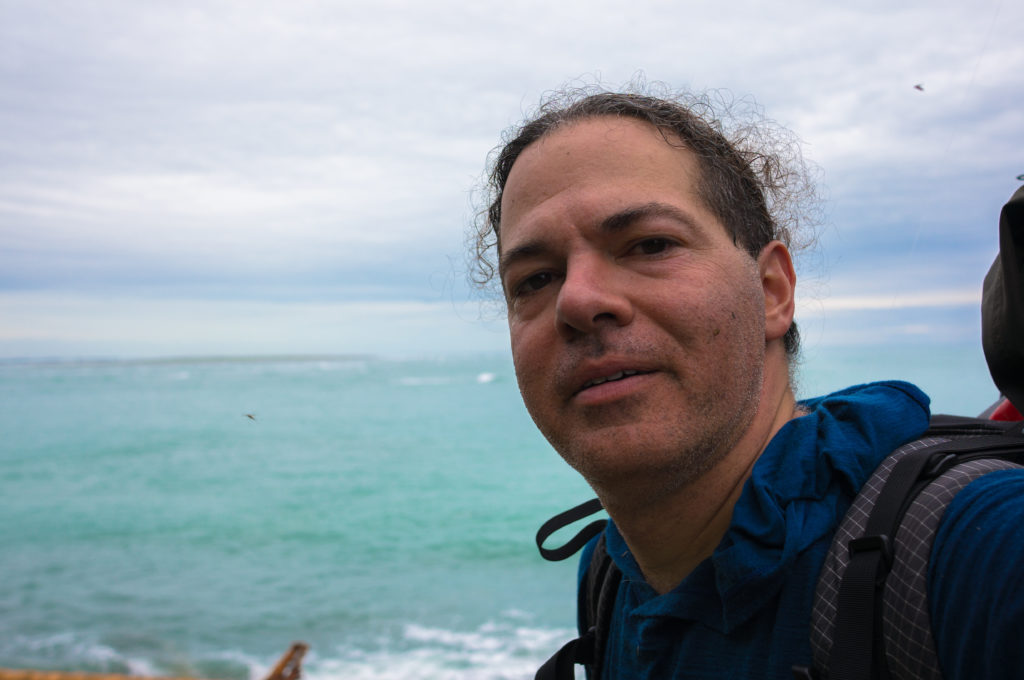
What was probably only a 2 mile bushwack had taken about 3 hours. Soaked in sweat, I removed my now perforated raingear, glad for whatever limited protection they had offered.

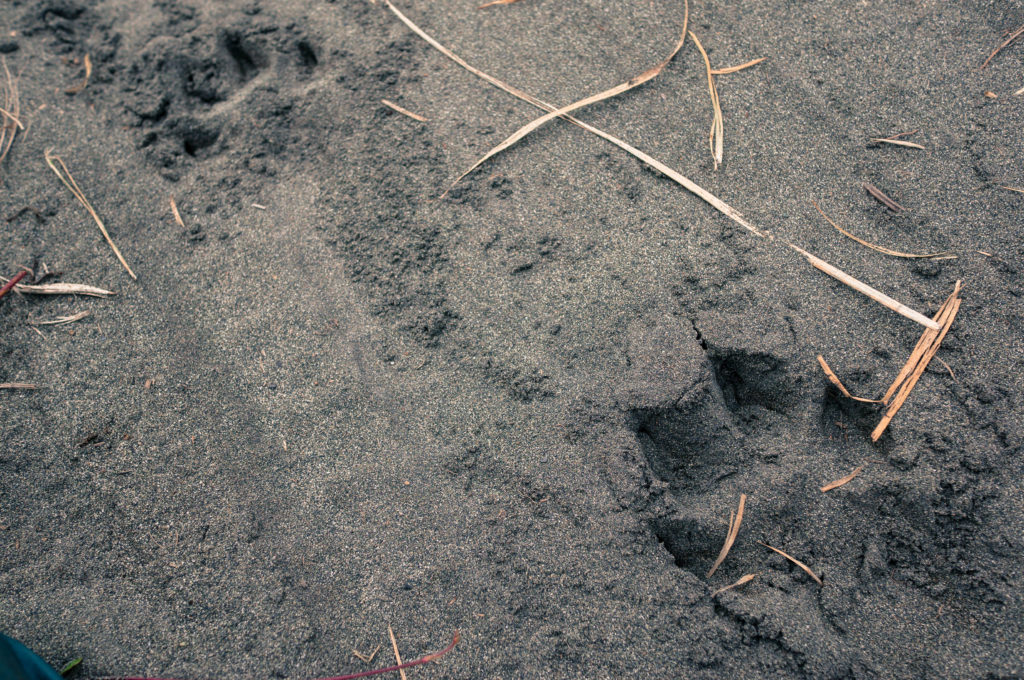
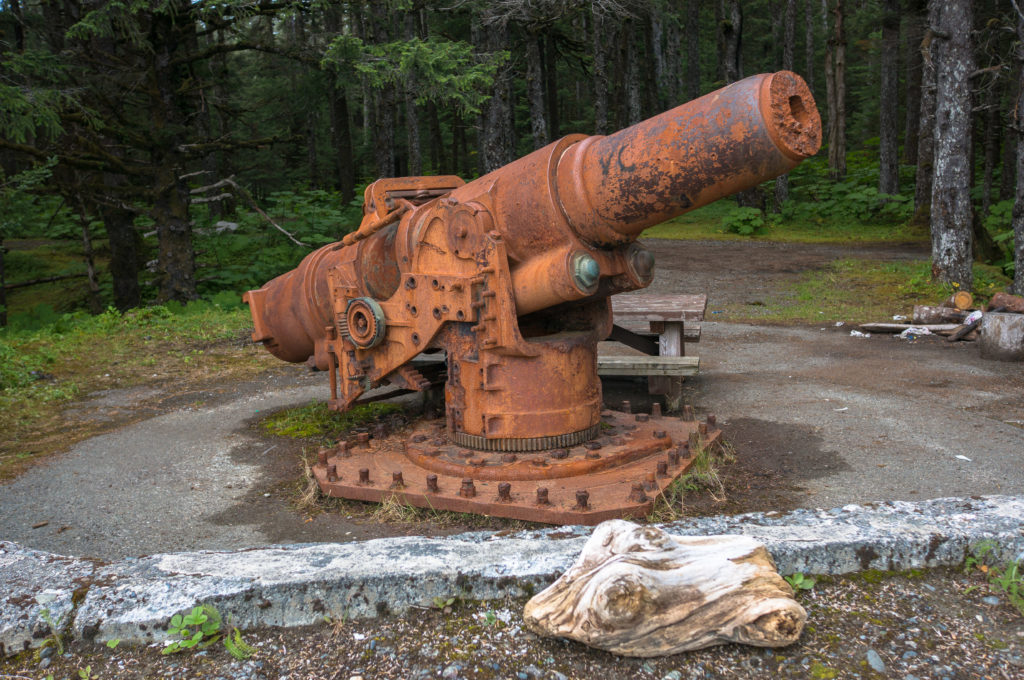
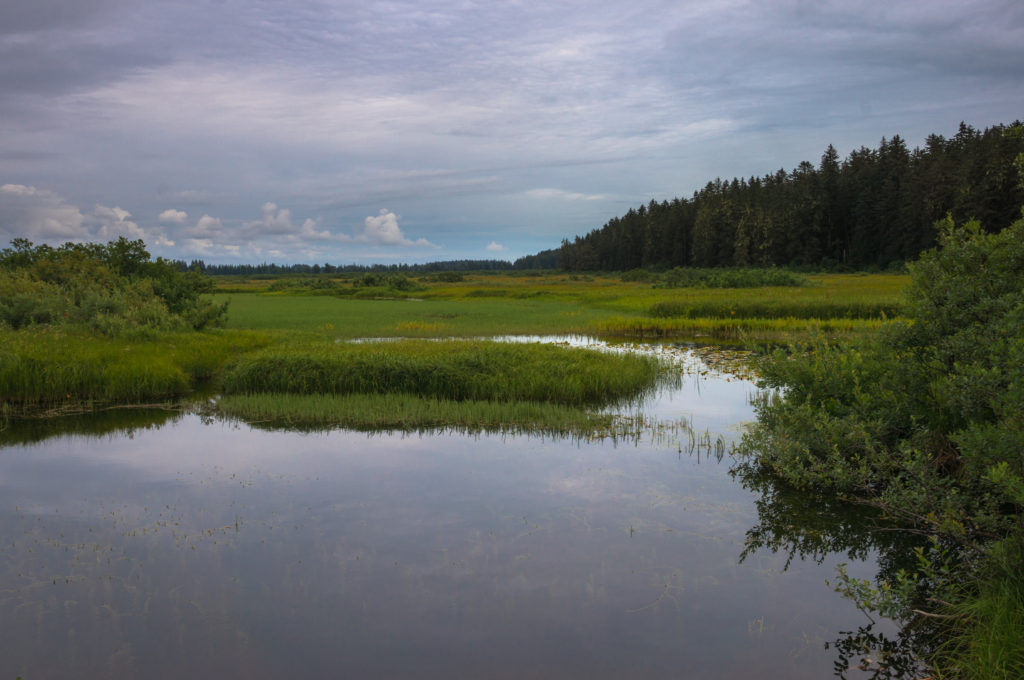
The unanticipated bushwack had cost me hours, and as shadows lengthened, I decided to cut inland along Ophir Creek, rather than risk getting lost in the Saltchucks after dark. I intersected a jeep trail that took me to Monti Bay and once again inflated my raft.
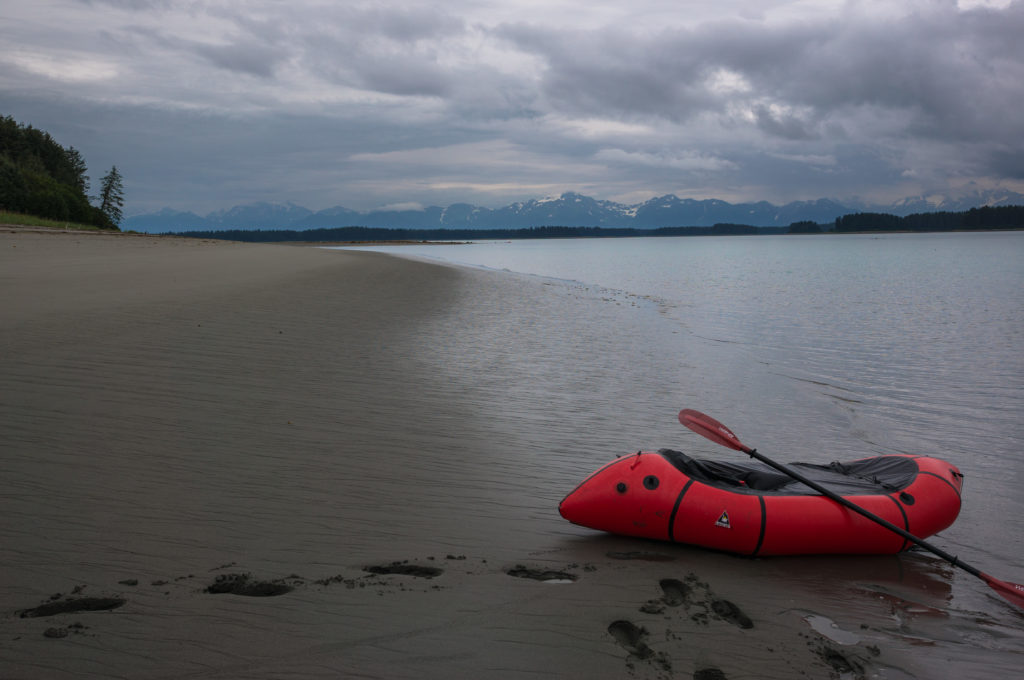

Dinner consisted of two snickers dark bars and a flask of whiskey. Not up to my usual standards, but it tasted just great at the time. I could see salmon jumping 20 feet offshore, but was too tired to fish.
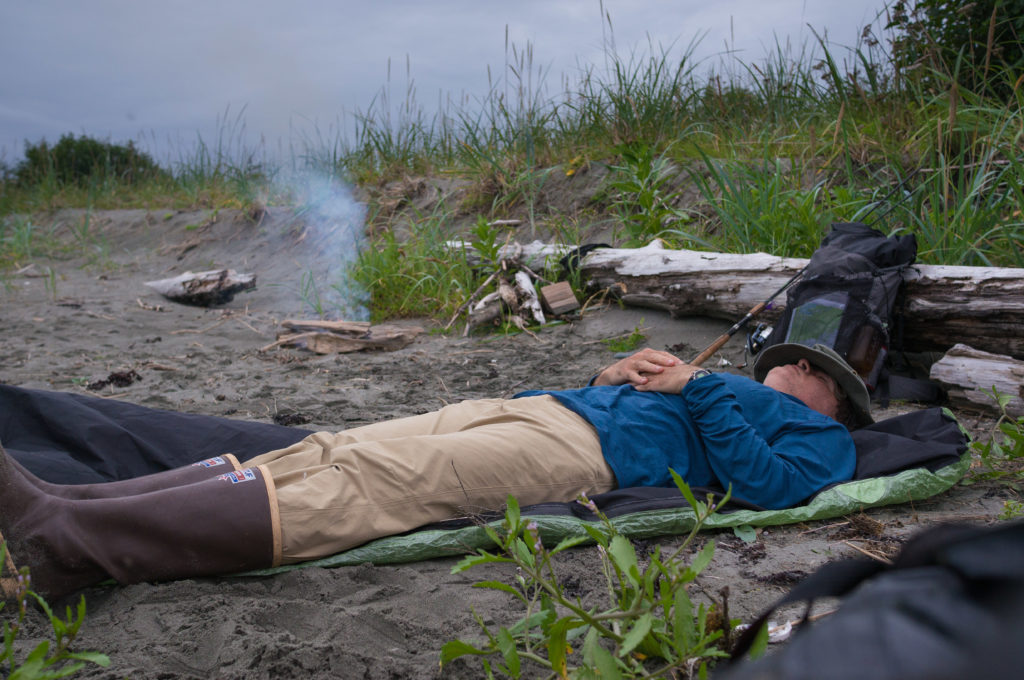
After a long day, I really enjoyed the ability to just throw down my bivy, no fiddling required. Strangely, as I lay tucked away in my quilt, I could hear Karaoke music drifting out across the bay from the one bar in the city of Yakutat. I found this strangely disconcerting for a campsite on a remote island beach in Alaska

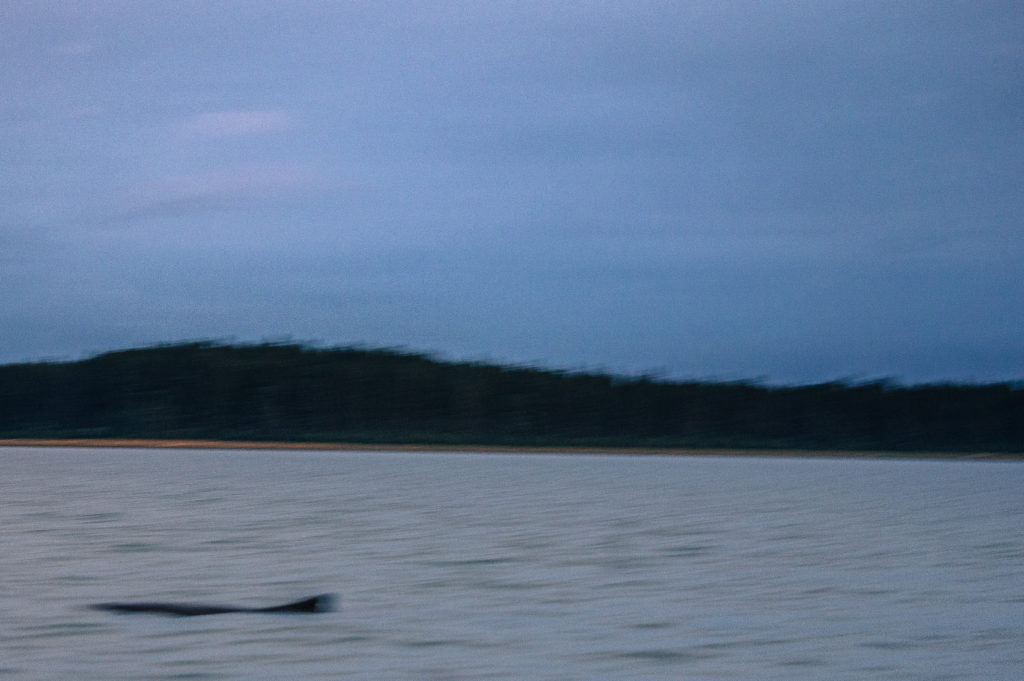

After breakfast, I headed back out to the river. The conference would begin tomorrow, but for now, I was indescribably happy to just walk the river and take in the wild beauty so typical of Alaska.
